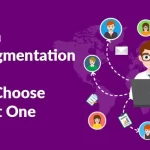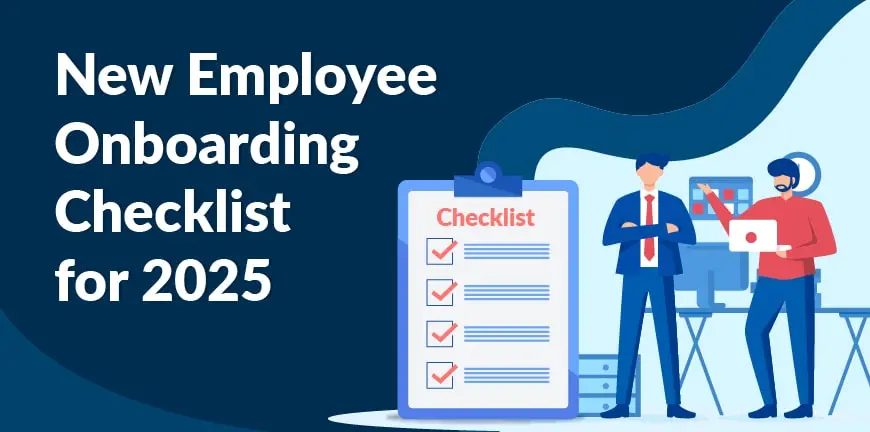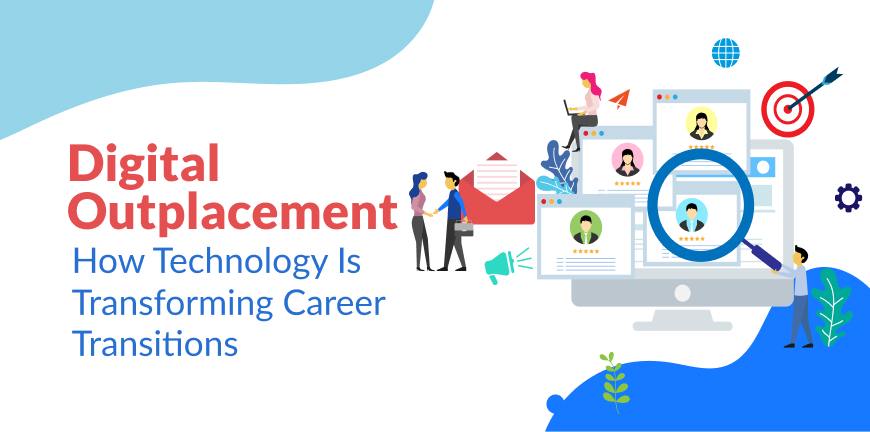
What is Staff Augmentation Model? How to Choose the Right One
13/12/2024Goa Could Be the Next Silicon Valley: Is It Prepared?
13/12/2024Onboarding an employee successfully is key to laying the foundation of the employee-employer relationship. A good onboarding program can positively impact performance, employee retention and job satisfaction. According to Gallup, only 29% of new hires feel their companies’ onboarding process sets them up for success. And to ensure you have the right onboarding program in place you must have an employee onboarding checklist.
What is an Employee Onboarding Process?
The employee onboarding process involves a set of activities that are carried out while you take in a new hire and help them settle into their roles with the right tools, information and support. During the onboarding process, employees learn about the social aspects of the workplace and most importantly their performance expectations etc.
Why is Employee Onboarding Important?
Employee onboarding can improve retention by 82% according to research by Brandon Hall Group. An employee onboarding process checklist is especially important to execute the onboarding process right. A well-executed onboarding process is also known to improve time to productivity meaning a certain time until the new hire starts contributing to the organization fully. And the average time to productivity is 28 weeks. A good employee onboarding instils a sense of comfort in new hires making them keen to impress, perform and settle into the environment. The new hires also perform their duties swiftly and efficiently with the right tools and information they are provided with.
Employee Onboarding Checklist
Its 2025, and its necessary to revamp the onboarding process to suit the needs and preferences of new hires today. So, here’s a new employee onboarding checklist to guide you through your employee onboarding process in just the right manner. There are essentially 5 main stages of employee onboarding.
1. Before the first day of the employee
Also known as the preboarding period, this stage starts when the candidates sign the job offer. There are a few preparations you must complete before the employees start their first day to make them feel at ease and help them have a good first day.
Welcome package
- Send new employees an email that includes a welcome package with all of the essential paperwork that must be completed before they join the team.
- Provide them with a detailed itinerary or things to do on their first day and week, like details about their job responsibilities and more.
Set up their personal accounts and get the paperwork completed
- Procure the devices and equipment like laptops, monitors, mobile devices and other accessories for the new hire to make sure they have everything they need, to complete their duties effectively. Ensure that everything is secured in advance
- Set up their online accounts before they start off on their first day. Do not waste their time or yours by putting this off for later. If necessary, work with all the relevant team members to create these accounts in advance.
- Make sure all the paperwork is ready before the new employee walks into their new workplace.
Set up their physical station and keep the basics they need ready before they start
- Inform the team about the new colleague and brief them about what the new hire will be handling, their roles and responsibilities.
- Keep in touch with the new hire after signing their contract and check in on them and encourage them to ask questions if they have any.
- Have their workstation cleaned up before they start.
- Before they start their first day make sure have their ID’s and access card ready for them to use right from day 1.
2. The First Day
Welcome the candidate by providing them with their access card and their ID cards. Make sure they know where to go and who to meet and who will guide them
Help candidates familiarize with the workplace and the team
- Make sure that the new employee is comfortable. Let the manager and new hire sit down for a while and go through the brief of how the day is supposed to pan out for the new hire.
- Give the new hire a tour of the workplace. Show them how the coffee machines work, where the toilets are and the different departments that sit.
- This is one of the most important steps during the employee onboarding process. You must make sure that the new hires are formally introduced to their teammates.
Offer support and give them a brief about the company
- Provide the new hire with an office buddy who can help them familiarize themselves with the company culture, benefits, processes and more.
- Make them watch a company presentation that includes the core founders or senior leaders of the organization speaking about how the company came to be, its mission, goals etc.
- Introduce the candidates to a weekly and monthly structure they can expect In their new role
Get the practicalities out of the way
- Ensure that you have the scan of the new hire’s ID, or passport etc depending on your company’s rules and regulations
- Take a picture of the new hire that can be printed onto their access card or other communication apps.
Provide them with the required training
- Train them on the different software that your company is currently using like Zoom, Google Docs, etc.
- Help them with basic email training, how to set their professional signatures etc.
3. First week (Onboarding and Orientation)
This is the stage that starts after the new hire begins work at your organization. This is where the employee must be bought up to speed with organizational policies, job roles and responsibilities.
Have the team talk and get familiar with the new hire
- Let the new hire sit with the teammates and speak with them to understand the work culture and how to effectively collaborate with them
- Definitely do have a one-on-one meeting with the hiring manager as well to go over the week’s tasks and evaluate what worked and what didn’t.
Some of the must do’s
- Schedule monthly meeting to evaluate how the new hire is doing. These monthly meeting must be held every month until the new hire completes three months.
- If you have a page in your company website where you add the profiles of new employees now is the time. But do make sure that you have consent from the new hire.
4. The first 90 days
The first 90 days is a tricky period for both the new employees and the employer. It’s the crucial time where the employee is settling in and getting familiar with the organization and the employer is allowing the time and supporting the employee to settle in.
30-day goals
- The first month is about the employee learning how to do the job. If there are external goals, they should be small and achievable.
- The team manager and HR can work together to set a goal for the new hire to achieve in the first 30 days and later evaluate how they have faired in it.
60-day goals
- The second month should help the employee step into more role-specific activities.
- the employee must have a more solid understanding of the fundamentals of the organization and its pain points.
- They should also become a contributing member of the team.
90-day goals
- At the end of 90 days an employee will be effectively onboarded and integrated into the team and culture, adding value to the business.
- you should closely align the 90-day goals to the longer-term performance expectations of the role. But the success of the same depends on how well the employee achieves 30-day and 60-day goals.
Employee training
During the first 90 days provide the new hire with all types of training necessary including
- Instructor-led learning
- E-learning
- On-the-job training
- Job shadowing
- Mentoring
5. After the completion of one year
The one-year completion of an employee could end with an annual performance review. Some of the things you can cover are-
- Ask the employees how their experience during the year was working with the organization, their teammates etc.
- How the employees performed
- Discuss your company’s L&D program, ask them about their preferences and career ambitions
- Collect feedback from the new employees by sending an anonymous feedback form to all employees and encouraging them to provide honest feedback about their experience. This can help boost employee retention.
Wrapping Up
Workplaces continue to evolve in 2025, and a robust and comprehensive employee onboarding process is more critical than ever, and an effective onboarding checklist can ensure new hires feel welcomed, supported, and prepared to contribute to organizational goals from day one. Organizations must have an employee onboarding and offboarding checklist in place to make sure their workforce goals are met, and the reputation of the company is maintained well.
By adopting the right onboarding practices to align with emerging trends, such as hybrid work environments and evolving employee expectations, you will position your company as a forward-thinking employer. Remember, onboarding is more than a one-time process, it’s the foundation for a lasting, successful relationship between your organization and its employees.
Contact Us For Business Enquiry

Hariharan Iyer
Hariharan Iyer is the Vice President – Operations at ALP Consulting, bringing over 40+ years of experience in HR outsourcing and labour law compliance. He leads end-to-end HRO operations, ensuring process efficiency, statutory compliance, and seamless service delivery for clients across industries. With a strong background in labour law governance and workforce management, Hariharan plays a key role in driving operational excellence and compliance-led HR solutions at ALP Consulting.




